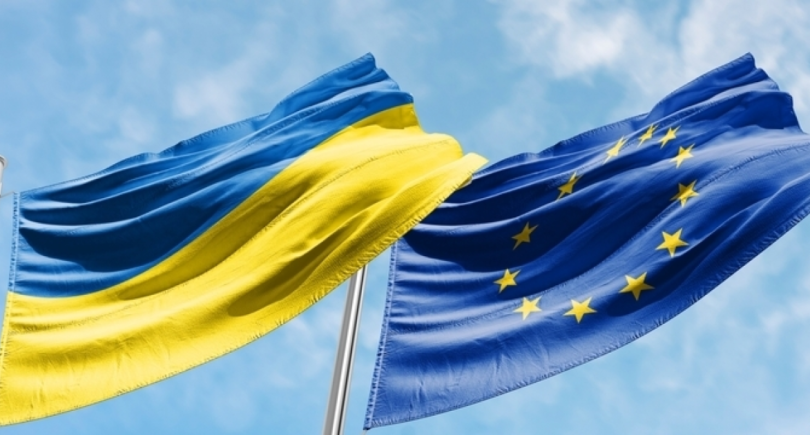
According to GMK Center’s analyst, lawmakers offered only partial concessions to the business
The Verkhovna Rada Committee on Finance, Taxation and Customs Policy suggests introducing a new formula for calculation of the iron ore royalty.
According to UAProm, it was announced by MP Oleksandr Dubinskyi, Deputy Chairman of the Committee, at the working group’s meeting.
The key value for the calculation of the iron ore royalties will be the cost of a ton of iron ore raw materials fixed at the Platts index in the northern Chinese port. The rate will remain at the level of 8% instead of the earlier proposed 10%.
The proposed changes will be introduced into an alternative draft Law No. 1210-1 during its preparation to the second reading.
Andrii Glushchenko, a GMK Center analyst, highlights the following: “MPs have actually made concessions to the business and have decided against increasing the iron ore royalty rate. However, the tax base is still an open question.
The mechanism for the tax base calculation, proposed in the draft Law No. 1210, hardly seems to be correct. In Ukraine, iron ore products are mostly an output of the processing industry rather than of the mining industry. If the mechanism for the calculation of the tax base, envisaged by the aforementioned draft Law, remains unchanged, according to our calculations, the royalty expenses of Ukrainian iron ore producers will increase by USD 206 million per annum. At the same time, a royalty rate increase, which is not likely to take place, could have brought additional USD 32 million to the State Budget. As one can see, the price of the proposed concession is relatively low.”
“The cost-based approach instead of the trumped-up profit margin based on the discount rate of the National Bank of Ukraine is not a bad idea; it has already been discussed in 2015. Such approach is used in many countries. The main thing is that it should be correctly described in the relevant section,” highlighted Yulia Dankova, CFO of Metinvest Group.
In his turn, Oleksandr Kalenkov, President of Ukrmetallurgprom, pointed out that the difference between the price in the Chinese port, which will be used in the formula, and the price of stock products in Ukraine should be taken into account. The latter should be reduced by beneficiation costs.
“The minimum cost of transportation and freight amounts to USD 35 per ton, excluding additional costs. The royalty should be actually levied on mined iron ore instead of enriched products. It is a common global practice and the IMF’s recommendations”, highlighted Mr Kalenkov.
According to Dubinskyi, MPs are going to increase the share in mining companies’ profit distribution up to 50%. Currently, it amounts to around 20%.
As Mr Kalenkov summarized, in fact, during the last five years, the average share of the government in the distribution of profits generated by iron ore field exploitation has been over 40%.
Sergiy Bielienkyi, Chairman of the Federation of Metallurgists of Ukraine, earlier told that the iron ore royalty rate increase would mostly affect mining and processing plants that make products with higher added value (concentrate, sinter, pellets) as compared to deep-mined sintering ore. They include Metinvest, Ferrexpo and ArcelorMittal Kryvyi Rih.



